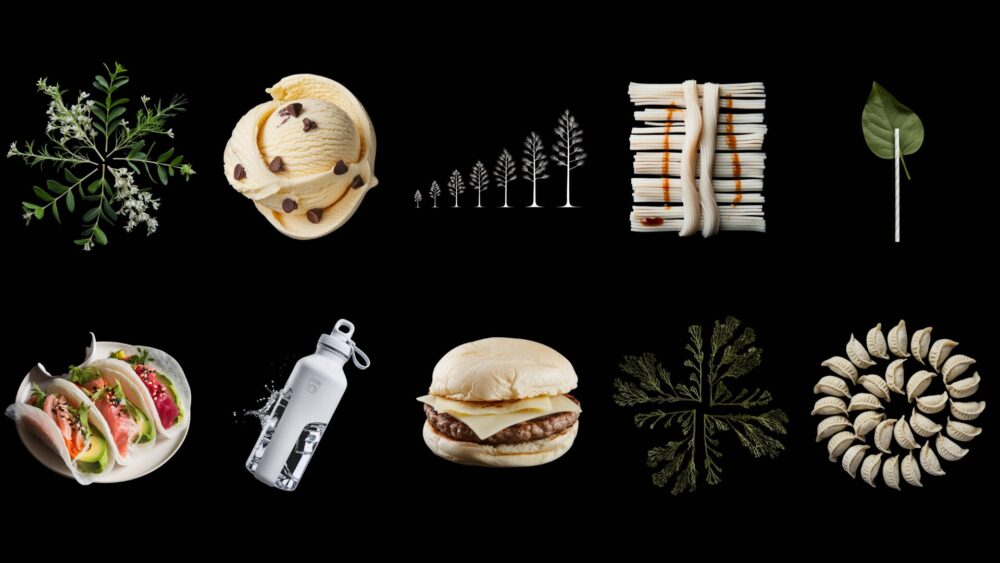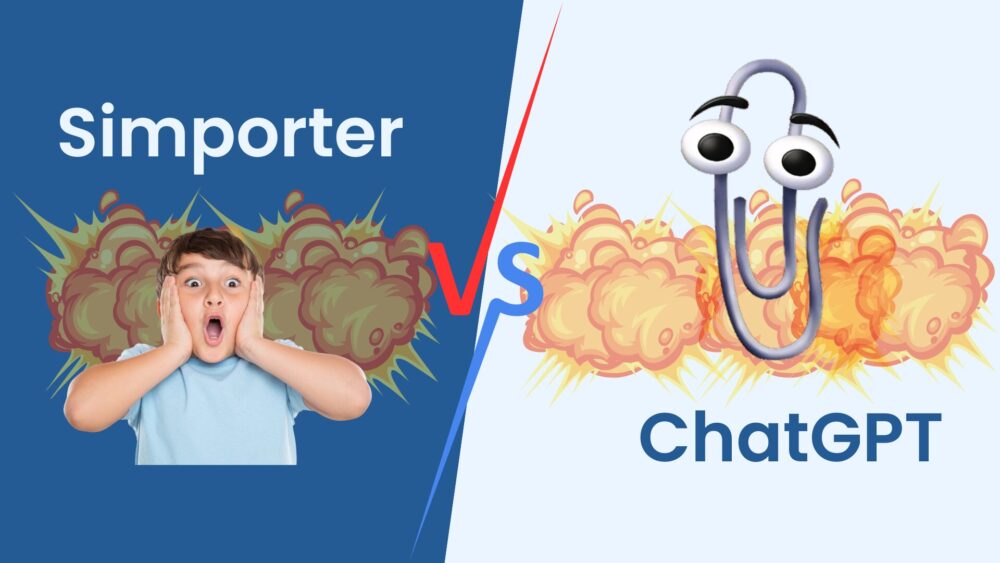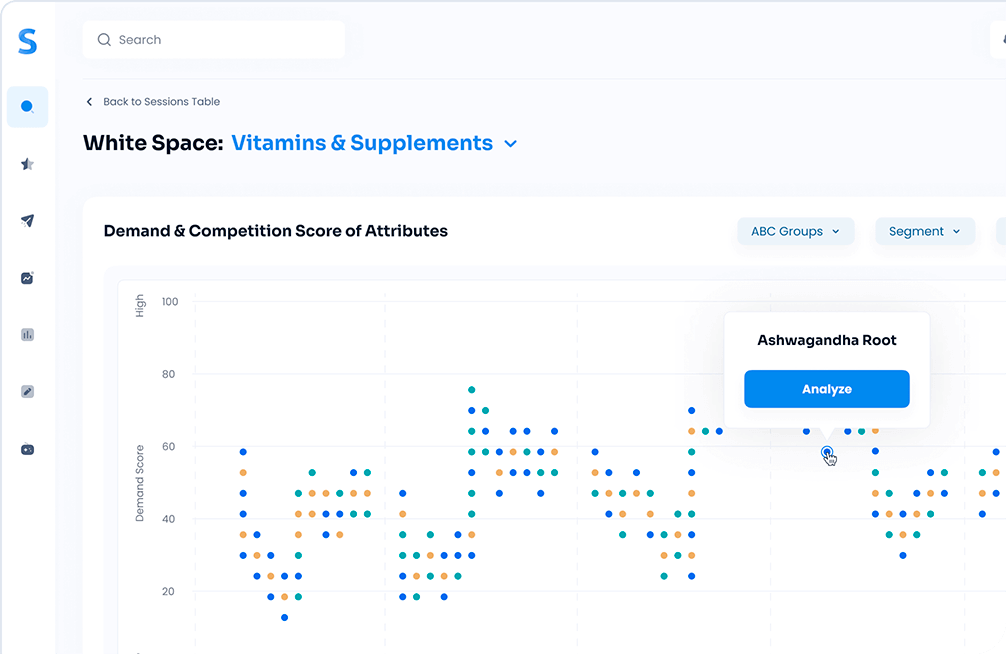In the bustling arena of today’s food industry, the plant-based meat sector is not just making noise; it’s roaring. Beyond Meat and Impossible Foods have established themselves as the poster children of this movement, turning heads not just for their delectable offerings, but their market strategies too. As a small appetizer to whet your appetite, did you know Beyond Meat was among the pioneers of plant-based meat companies to go public? And not just that; its initial public offering (IPO) became a financial sensation, making it the most grandiose in almost two decades. But as we delve deeper into the narrative of these two behemoths, it’s essential to recognize that the insights aren’t solely based on traditional research. We’ve given our analysis an innovative twist, incorporating insights from Simporter data. So, as we embark on this exploration, expect a blend of traditional industry know-how paired with cutting-edge data insights.
The Landscape of the Plant-based Meat Market

Building on our introduction into the plant-based domain, the broader landscape of this market is as dynamic as it is diverse. The tug of war between consumer preferences and what the industry supplies is a tale as old as time. Today, it’s not just the vegans or vegetarians driving the demand. A larger demographic, ranging from health enthusiasts to environmentally conscious consumers, is eager to explore plant-based alternatives.
What’s propelling this shift? The spotlight is on innovative offerings that aren’t limited to mimicking traditional meat but aim to elevate the experience. Emerging trends, such as jackfruit steaks or mushroom-based bacon, are testament to the industry’s commitment to innovation. And it’s clear that mainstream audiences are taking notice. Plant-based offerings are no longer limited to niche health stores; they’re securing shelves in popular supermarkets and even becoming staples on fast-food menus.
Delving into specifics, Simporter data provides us with some intriguing insights. It seems the hunt for plant-based products that offer a “just like beef” experience is particularly fervent. Consumers are chasing that elusive “meat-like texture”, pointing towards a demand not just for alternatives, but for products that can, in essence, replicate the sensory attributes of meat. As the narrative unfolds, it’s evident that understanding the desires of this evolving consumer base is pivotal for brands like Beyond Meat and Impossible Foods.
Beyond Meat: A Deep Dive into Strategy and Product Line

In our journey through the plant-based realm, we land at the doorstep of Beyond Meat, a brand that resonates in households and restaurants alike. This isn’t by accident. It’s the result of meticulously executed market strategies.
Carving niches in multiple markets, Beyond Meat’s collaborations read like a who’s who of the food industry. From elite chefs to fast-food giants, they’ve partnered expansively, making their presence undeniable.
Product-wise, they’ve achieved a culinary feat. The Beyond Burger isn’t just another vegetarian option; it’s a taste experience. Their sausages, meatballs, and ground meat offerings cater to a vast palette, ensuring every meal is an opportunity for a Beyond Meat moment. Their commitment to innovation keeps them at the forefront, continually expanding and refining their product lineup.
However, products, no matter how innovative, need the right marketing thrust. Beyond Meat’s campaigns transcend traditional advertising. Instead of merely selling a product, they’re sharing a vision. Their focus isn’t just on health or sustainability, though those play a part. The real message is about flavor, experience, and the joy of food. It’s this nuanced marketing strategy that’s positioned them not just as an alternative but a first choice for many.
Quantifying their success, here’s a fact that’s hard to ignore: Beyond Meat’s offerings grace the shelves and menus of approximately 122,000 retail and foodservice outlets across a staggering 80 countries. This isn’t just success; it’s a movement.
In the grand tableau of plant-based meat, Beyond Meat paints a vivid and impactful picture, setting benchmarks not just in product quality but in market strategy and presence.
Impossible Foods: Understanding Their Market Approach and Offerings

Transitioning from the colossal presence of Beyond Meat, we find ourselves confronted with another giant: Impossible Foods. A brand that, in its own right, has carved an indomitable space in the plant-based landscape.
Markets, particularly as dynamic as the plant-based sector, require a surgical precision in approach. Impossible Foods realized this early on, sculpting a market positioning strategy that isn’t merely about replacing meat but redefining it. Their penetration strategy delves deeper than surface-level consumer behavior, tapping into the very ethos of dietary choices and sustainability.
The product line that Impossible Foods parades is both extensive and unique. Of course, the crown jewel, the Impossible Burger, demands special mention. Not because it’s a burger without meat, but due to the fact that it is a culmination of about five years of rigorous research and experimentation. This burger doesn’t just emulate meat; for many, it raises the bar.
However, a strong product line requires equally robust collaborations to amplify reach. Impossible Foods has inked deals across the spectrum, from gourmet restaurants to everyday diners. Beyond collaborations, their pursuit of certifications and special projects showcases a commitment to not just sell, but to integrate deeply into the global food ecosystem.
The journey of Impossible Foods stands as a testament to what brands can achieve with the right blend of innovation, collaboration, and a dash of audacity. As we delve deeper into the intricate tapestry of the plant-based industry, it’s brands like Impossible Foods that offer rich threads of insight and strategy.
Comparative Analysis: Beyond Meat vs. Impossible Foods

Navigating from individual deep-dives, we approach the juncture where two giants stand side by side, not just as competitors but as pioneers charting unique courses in the same sea. Beyond Meat and Impossible Foods, though sailing towards similar horizons, harness distinct winds.
Let’s embark on a journey through their strategic pathways. Beyond Meat has often leaned into partnerships, rapidly expanding its footprint in both retail and foodservice landscapes. On the other side, Impossible Foods, while also expanding its reach, has invested deeply in research, perfecting the plant-based recipe to cater to specific palate expectations. The results? Both have achieved significant market penetrations, yet through slightly divergent routes.
When it comes to product offerings, differences get more pronounced. Beyond Meat’s range, while expansive, focuses on providing an alternative that is so close to meat; it blurs the lines for consumers. Impossible Foods, meanwhile, with its flagship Impossible Burger, has ventured to not just emulate, but in many ways redefine what plant-based can achieve. The distinction lies not just in taste but in the experience they aim to deliver.
However, the journey hasn’t been without hurdles. Both have faced challenges, whether it be supply chain disruptions, regulatory hiccups, or market skepticism. Yet, their mitigating strategies have showcased resilience. Beyond Meat has diversified its supply chain, while Impossible Foods has engaged in continuous dialogue with regulatory bodies, ensuring transparency and compliance.
In summing up this comparative analysis, it’s evident that while Beyond Meat and Impossible Foods share a common goal, their paths are uniquely carved. Both brands, with their respective strategies and offerings, are testament to the fact that there’s more than one way to serve up success in the plant-based sector. As we advance in our exploration, these brands provide rich learnings on maneuvering market dynamics with agility and innovation.
A Look into the Future

Following our deep-dive into the strategies of Beyond Meat and Impossible Foods, it’s time to cast our eyes forward. The plant-based sector, vibrant and ever-evolving, holds a plethora of opportunities just waiting to be harnessed.
One trend shaping the horizon is the rising demand for “Shelf-Stable” products. According to Simporter data, this need is sprinting ahead, hinting at a potential future where plant-based products aren’t just fresh but can also sit comfortably on your shelf for extended periods. This trend might redefine supply chains, storage, and even how consumers perceive plant-based foods.
As the market grows, so does the reliance on technology. Predictive analytics is emerging as the North Star for brands, guiding them through the foggy waters of product launches. By understanding consumer behavior patterns, preferences, and market dynamics in real-time, brands can strategize with precision, ensuring their new offerings don’t just cater to current tastes but anticipate future ones.
Given these emerging trends, it’s thrilling to imagine the pathways our two giants might tread. Perhaps Beyond Meat will delve deeper into tech collaborations, ensuring their products have a longer shelf life without compromising on taste. Or Impossible Foods, known for their innovative streak, might expand into entirely new product lines. Speaking of which, here’s a fun twist: Did you know Impossible Foods once dabbled with a plant-based fish prototype? Such endeavors hint at their aspiration to dive into the alternative seafood market.
As we continue weaving through the intricate narrative of the plant-based sector, it’s clear that the future holds promise, challenges, and above all, delicious possibilities.
Conclusion

From our expedition into the thriving ecosystem of plant-based meats, a few narratives stand tall. Beyond Meat and Impossible Foods aren’t just brands; they’re forerunners of a gastronomic revolution. Their market strategies, product innovations, and relentless pursuit of perfection have illuminated pathways for others to follow.
We’ve glimpsed the horizon of the plant-based sector, witnessing its potential to mold and be molded by emerging trends. The quest for “Shelf-Stable” products and the dance with predictive analytics signify a sector poised for evolution.
But as we wrap up our analysis, it’s essential to ponder a broader question: In a world where consumer preferences shift like sand dunes, how will brands ensure they’re not just riding waves, but shaping them? The onus lies in continuous innovation, meticulous strategy, and above all, a keen ear to the ground. The dance between market strategies and ever-evolving consumer dynamics promises not just a challenge but an exhilarating journey ahead.









